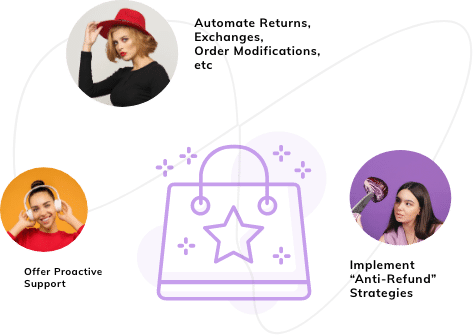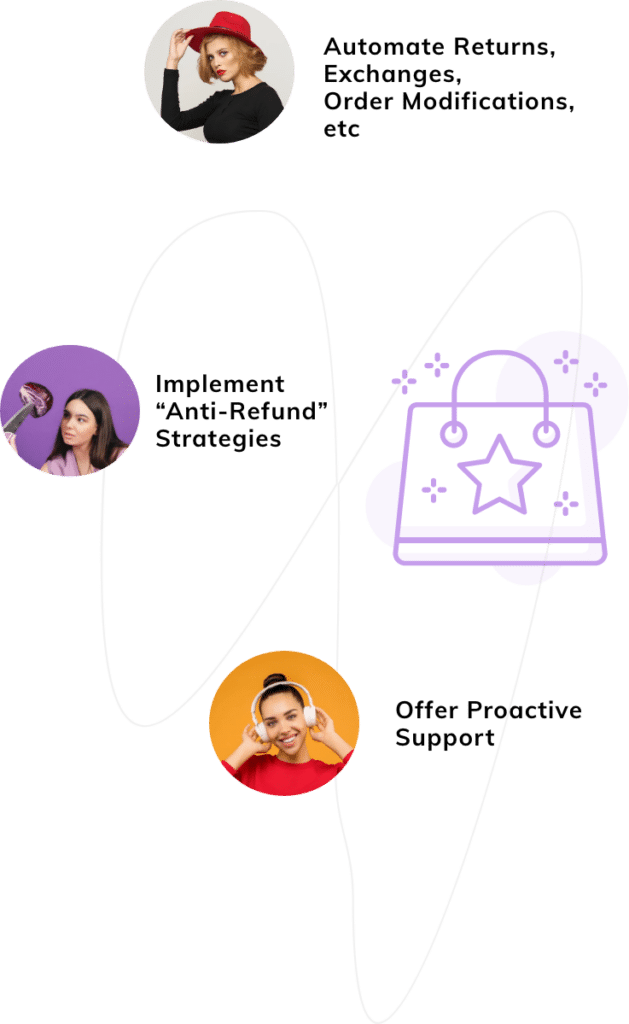Last Updated: April 2024
“When you visit the beach, book hotel X. The customer service staff is very friendly, and they look after you well.”
We have always received and even shared such gracious tips with the people we know. But what we often fail to recognize is this is a form of marketing outreach too.
Word-of-mouth marketing is perhaps one of the oldest marketing techniques, used especially by small businesses and e-commerce stores. It is one of the best marketing methods since your business’s advertiser is a happy customer speaking about your brand from a first-hand experience.
Fast forward to 2021, we have a term for this form of marketing: referral programs.

According to SocialMediaToday, 78 percent of B2B marketers believe referral programs are capable of bringing good or excellent quality leads. This means great news for your business.
A well-placed referral program can work wonders for your company. However, not all referral programs are free of liabilities. Often companies launch referral programs and then expect it to work on auto-pilot mode, which never happens. Even after the launch, a referral program requires constant nurturing.
Perhaps the biggest risk in referral programs is when customers don’t use the referral program. A Nielson article, which refers to word-of-mouth recommendations as earned advertising, states eighty-four percent of respondents rated this as the most trustworthy form of advertisement.
And for good reason!
How to Decrease Liabilities in Your Ecommerce Referral Programs
At its core, referral programs are based on trust. The advertiser is a happy customer who is satisfied with the product, service, or brand value of a company. This content consumer then recommends it to someone who they think can equally benefit from your company’s product, brand, or service.
Getting Loyal Customers to do the work
The first step is always the hardest. When it comes to referrals, it is a no-brainer that only happy customers could be approached for this task. The normal way to go about it would be to wait till a certain degree of trust is formed, and then politely ask the customer to refer the brand to their family and friends.

However, an article by Forbes claims that it is more fruitful to target customers when they are most excited about the product or service, that is right after purchase instead of waiting.
From the customer’s point of view, if they are quite satisfied with a product, they will recommend it to someone only when their contact expresses an interest, or mentions a problem that the particular product can fix. If the sales wait too much, it is highly likely that the product or brand may not even cross the mind of the user later. To avoid a pitfall like this- it is important to stay in touch. That means about one email a week, not five emails a week.
Incentives
As per the latest industry trends, the most successful referral programs conducted by companies like Dropbox, Uber, Evernote, and Google were all dual-based. That is, both the parties(who referred and received the referral) earned a distinct benefit.
The incentives could vary widely from cash, coupons, free service, or an upgrade!
However, many users also noticed that the customers felt alienated when offered cash rewards. Since the amount is usually low, they feel as if they matter too little to the brand. Further, elaborate payment options or a small cashback on a bulk purchase do not go well with the customer sentiments. In fact, it can also cause the customer to break away completely from the brand.
Fake Referrals
But things can still go horribly wrong if you miscalculate the cost-benefit ratio. The biggest resource available for referral programs is the pool of happy customers. This means for referral programs to work, customers should be satisfied with the product or service offered.
A single dissatisfied customer can put a massive dent in the referral program by withdrawing his trust as well as sharing his bad experience with others which might lead to a negative reputation.
On the other end of the spectrum is a nightmare of fake referrals where customers may use underhanded means to get hold of the incentive offered. A simple case could be signing up with two different phone numbers or email ids. And things can get a lot more complicated than that which can lead to legal issues.
In order to weed out fake referrals, it is important to have certain mechanisms in place. Simple options like user blocking, IP address tracking, and not permitting sign-ups from suspicious email domains. Another method could be to provide users with the option to enter additional data, such as their social media accounts, network accounts, and OTP- based verifications.
Another way to weed out fake referrals is to look out for the number of referrals a particular user is generating. If the number is unusual, it might be worth taking a look. At the same time, if there is a sudden spike in registration and deactivation of accounts, that would need a look into as well.
How Helplama Can Help
It is practically not possible for any company to customize communication with every single customer. No matter the size of the company, an entire team cannot be dedicated to handling referral program queries, complaints, and issues.
But in order to retain customers, you need to do exactly that. Instead of overworking the internal team, outsource your work to Helplama and get the most out of it.
We train our staff based on your site so that our nimble-fingered communication experts know the context really well. Even if a customer may not be able to express the problem, they will be able to figure it out. Not only this, but we also train them on your chat features ensuring that our team talks like you, in your brand’s voice!
We hire only talented, native employees for our clients so as to ensure that there is no disconnect in the cultural background. We pay attention to details like tone, accent, and intonation so that your customers hear a familiar voice talking to them and immediately feel at home.
Interested in outsourcing? Check us out!
Also, try Saufter – the customer service software that can help you automate and scale your customer support.








